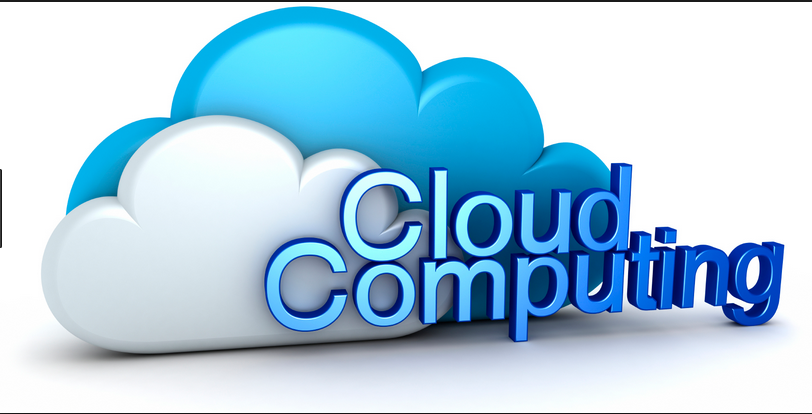
Types of Cloud Solutions
Types of Cloud Solutions: Calling the Cloud “the cloud” simply isn’t accurate because it doesn’t fully describe the scope of cloud services.
While cloud services all share the ability to provide shared resources, shared software, and shared information to reduce an organization’s information technology (IT) costs, they also provide the ability to combine services in different ways and scale up an almost unlimited amount to increase raw computing power without the consumer having to invest in the equipment needed to support the setup.
The first point to consider when discussing the cloud is what form the cloud will take:
Public, Private, Hybrid, or Community:
- The public cloud is sometimes also called an external cloud and is hosted by a third party that has their own personnel and resources located at their own offsite facility.
Customers can add or remove space and services on demand and only pay for those services they use and how much of them they need. The problem from a security standpoint with public clouds is that they owned by a third party and any data placed on those systems (although you still own it) is controlled by a third party.If the idea of a third party having control of your information is an unaccepted risk, then this is not a solution for you.
- A private cloud is a cloud setup that has been built from the ground up by an individual company for internal use only.
While this solution offers all the benefits of the cloud itself, it also offers the organization full and complete control of their information because it is all kept onsite in their own infrastructure.
- A hybrid cloud is another potentially useful setup because it combines public and private clouds.In this setup a company might store its sensitive data on the private cloud while scaling up additional space and capabilities with the public cloud.
- A community cloud is another setup that is shared by several parties, but the difference here is that the individual parties share common goals, security needs, and resources.
This setup can make things easier for management purposes and requirements will be similar.
Although each of these models offers benefits, there are also potential snags. One potential concern is the time data can take to travel from a remote site compared to the time it takes when the data is stored locally.
The delay is known as data latency. And it may cause problems for time-sensitive operations.
READ MORE:- What is the Cloud Technologies and Security
NOTE: When looking at the cloud question in term of security, the private cloud setup tends to win the contest. However, the tradeoff in this situation is related items.
On the other hand, going with a public cloud reduces all these costs and expenses but the security needs to be evaluated and monitored much more closely.


